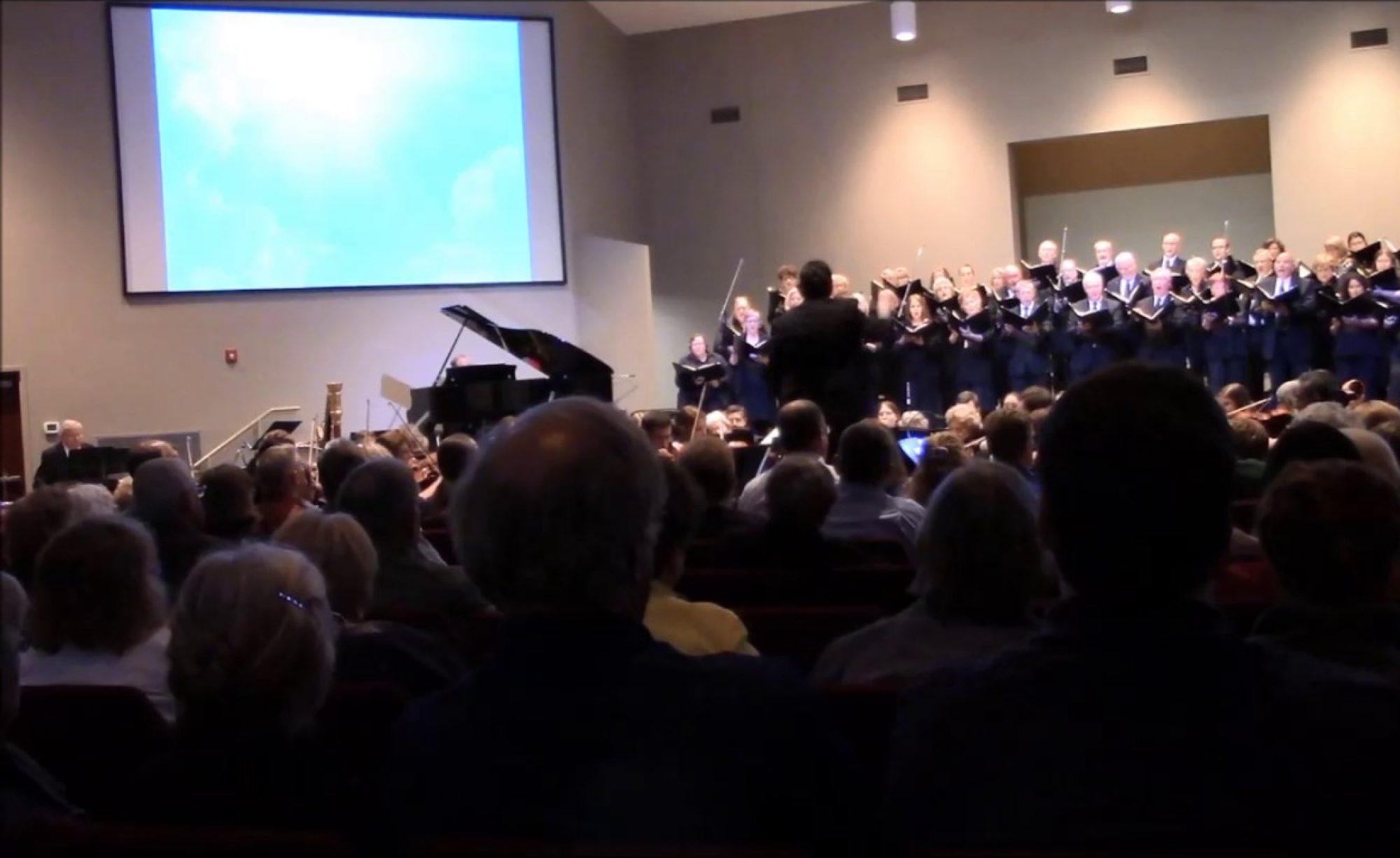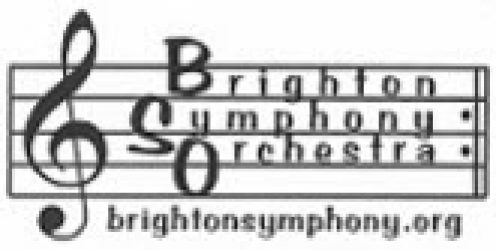
Please join us for our Summer Concert in the Park on Tuesday, July 9, 2024, 6:30PM at the Buckland Park Pavilion! Conducted by Jonathan Allentoff, this family concert will feature vocal artist Michael DeLuca. The audience is invited to bring folding chairs and blankets.
https://www.facebook.com/events/1971178483314129/

